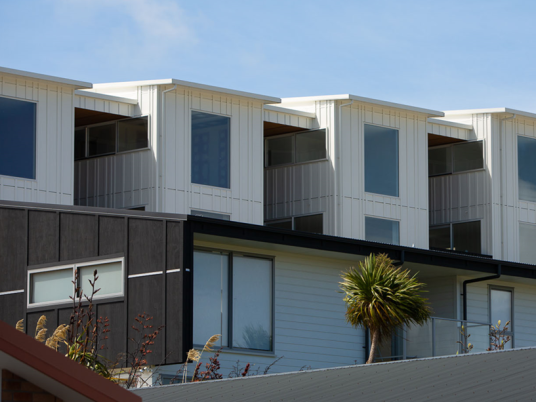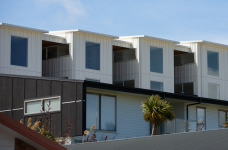Consultation on proposed regulation of methamphetamine contamination in rental housing

Published 22 Nov 22
The Government is seeking feedback on proposals for the regulation of methamphetamine contamination in rental housing. The proposed regulations aim to provide certainty around what to do when residential rental premises are contaminated with methamphetamine.
It is currently unclear what to do when rental premises are found to contain methamphetamine residue. Specifically, it is not clear at what level residue becomes a problem which should be addressed. This is confusing for stakeholders, and has led to disproportionate responses to low levels of methamphetamine residue where there is a low probability of harm.
New Zealand currently uses two different ’acceptable’ levels for methamphetamine contamination, one from the New Zealand Standard NZS 8510:2017, and the other in the 2018 report by the former Prime Minister’s Chief Science Advisor, Professor Sir Peter Gluckman, on methamphetamine contamination. However, neither of these are mentioned in legislation, therefore neither are legally binding.
The proposals include:
- a maximum acceptable level of methamphetamine residue in rental housing, above which premises will be considered to be contaminated,
- a maximum inhabitable level of methamphetamine residue, above which tenancies can be terminated in certain circumstances;
- requirements for landlords on when and how to test for methamphetamine residue;
- what types of testing would be permitted under the regulations;
- how to decontaminate the premises, including while the landlord continues to provide the premises to the tenant, and
- what to do with possessions which are left behind in contaminated premises.
The discussion document, scientific research, and the submission form are available on our consultation website. Regulation of methamphetamine contamination in rental housing (external link)
Read the Minister’s press release on the Beehive website.(external link)
Update: Submissions on this consultation closed 10 March 2023.


